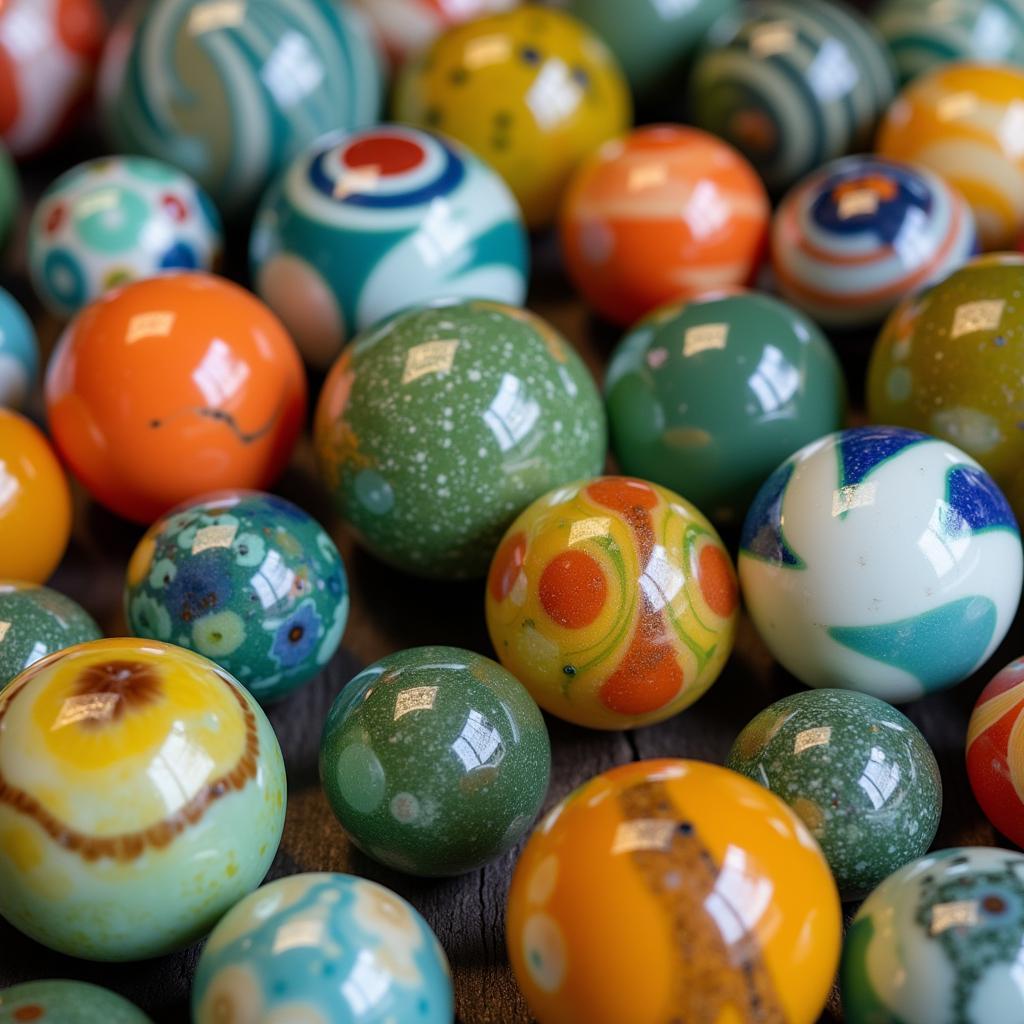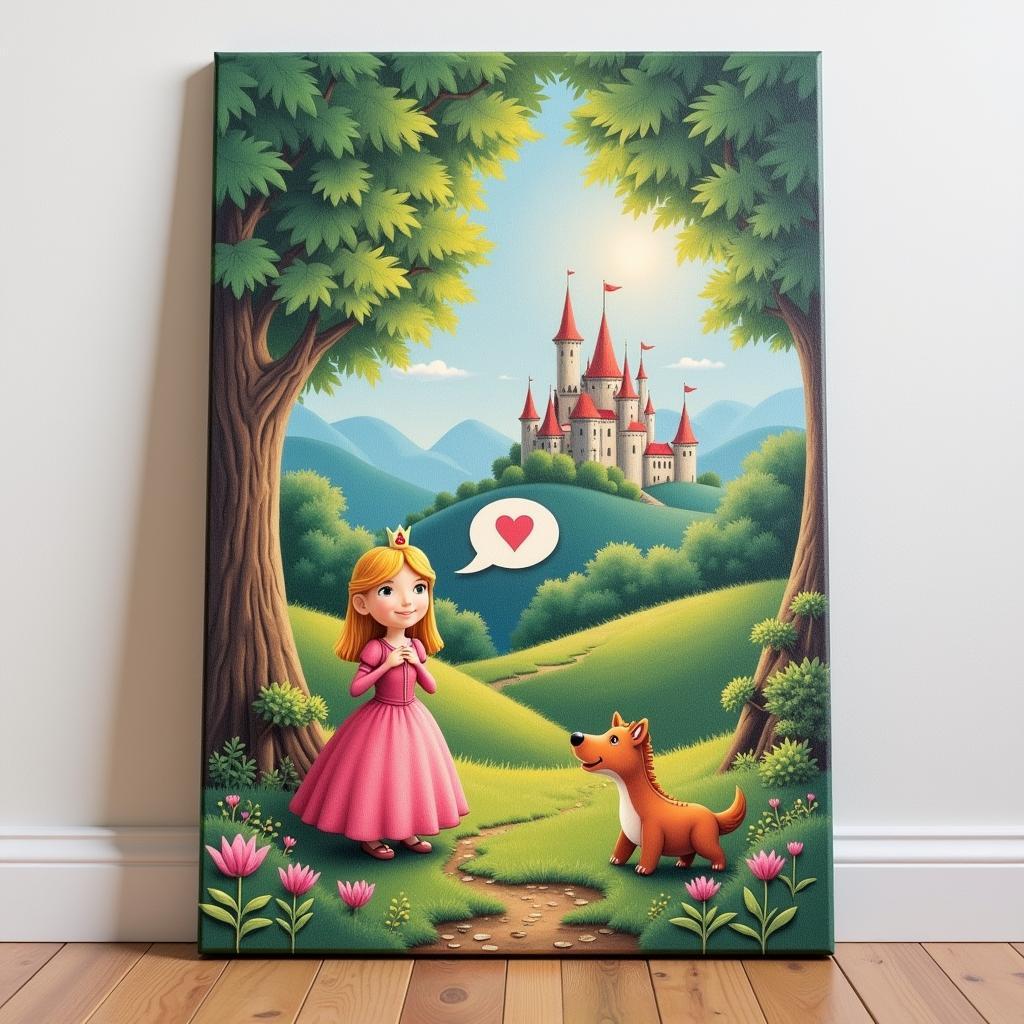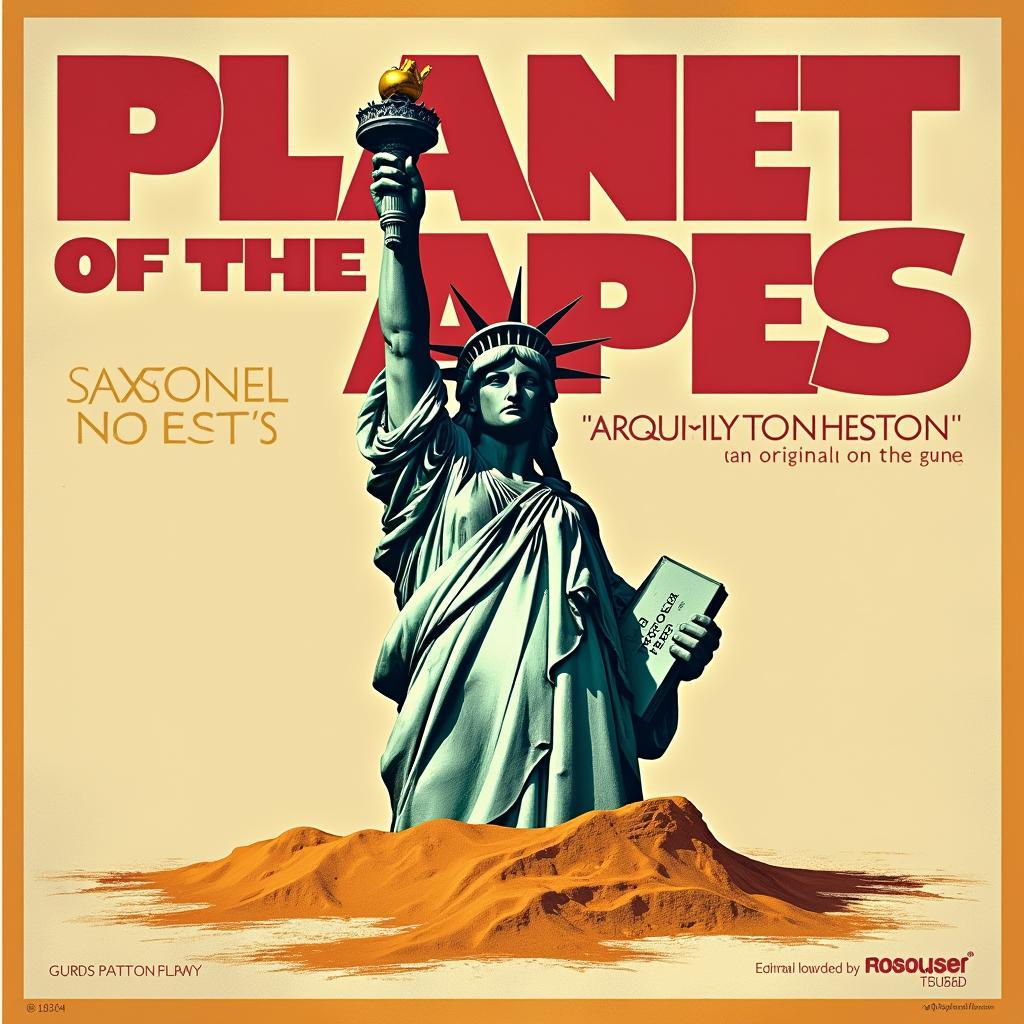Unraveling the Mysteries of Hawaiian Petroglyph Art
Etched into the volcanic rock of the Hawaiian islands lies a captivating form of ancient storytelling: petroglyph art. These enigmatic carvings, some dating back centuries, offer a fascinating glimpse into the lives, beliefs, and artistic expressions of the early Hawaiians. From simple geometric shapes to intricate depictions of humans, animals, and deities, Hawaiian petroglyphs whisper tales of a rich cultural heritage passed down through generations.
Deciphering the Language of the Ancients
While the exact meaning of every Hawaiian petroglyph remains shrouded in mystery, archaeologists and cultural practitioners have dedicated themselves to interpreting these visual narratives. By analyzing the symbols, their arrangements, and their contexts within the surrounding landscape, experts have been able to piece together a deeper understanding of their significance.
Common Motifs and Their Interpretations
Many recurring motifs appear in Hawaiian Petroglyph Art, each carrying its own potential meaning. Circles, for instance, often represent the cycle of life or the celestial bodies, while spirals symbolize mana, the spiritual energy that permeates all things. Human figures, often depicted in profile, may represent important individuals, ancestors, or deities, while animals like turtles, fish, and birds likely held spiritual or symbolic significance.
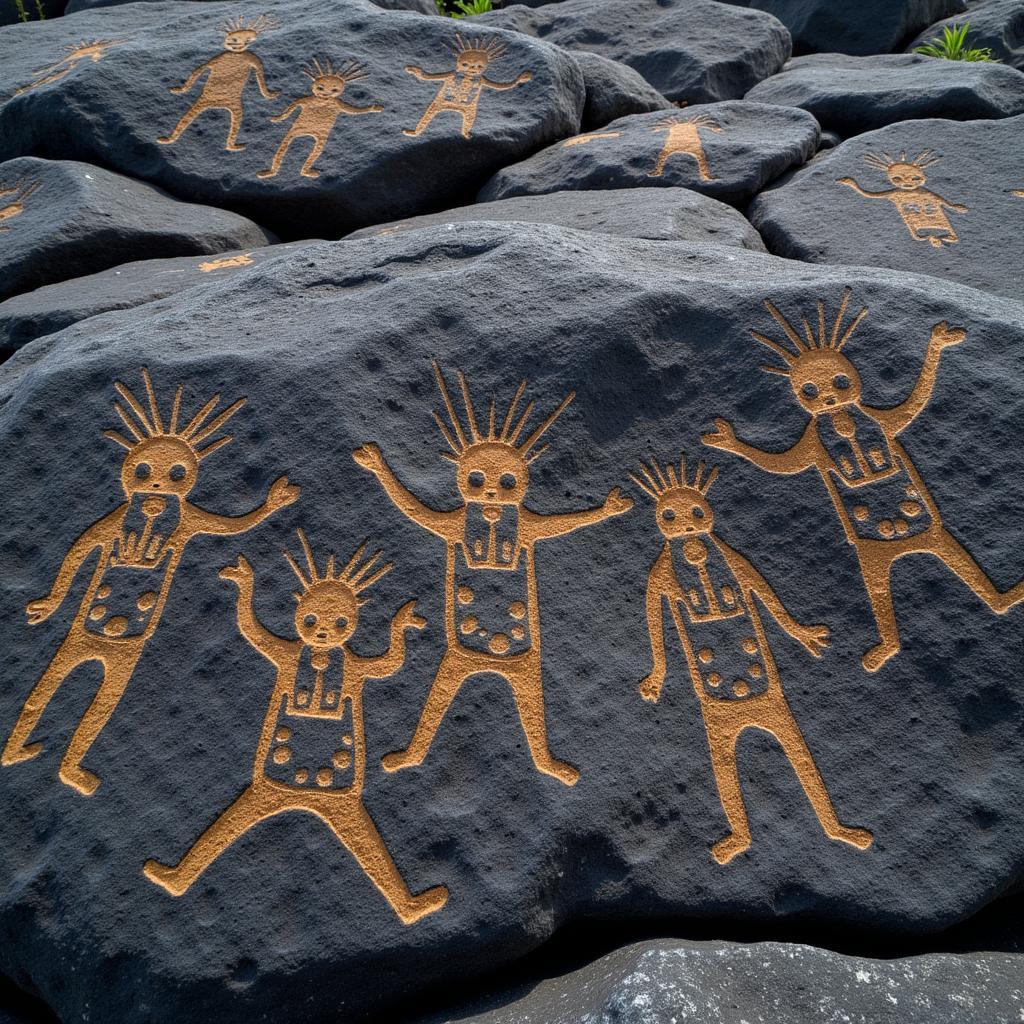 Hawaiian petroglyphs depicting human figures
Hawaiian petroglyphs depicting human figures
“The petroglyphs are not merely decorative,” explains Dr. Leilani Kane, a renowned archaeologist specializing in Hawaiian history. “They were deliberate markings imbued with meaning, serving as visual reminders of important events, beliefs, and cultural practices.”
A Window into Ancient Hawaiian Life
Beyond their symbolic representations, Hawaiian petroglyphs provide valuable insights into the daily lives of the people who created them. Depictions of canoes, fishing hooks, and farming tools offer a glimpse into their subsistence practices, while images of dancers, musicians, and games suggest the importance of communal activities and cultural expression.
The Sacred and the Profane: Ritual and Religion
In many instances, Hawaiian petroglyphs appear in locations imbued with spiritual significance, such as heiau (temples), burial grounds, and places where important rituals were conducted. The placement and arrangement of the carvings within these sacred spaces suggest their connection to religious beliefs, ancestral worship, and the invocation of divine power.
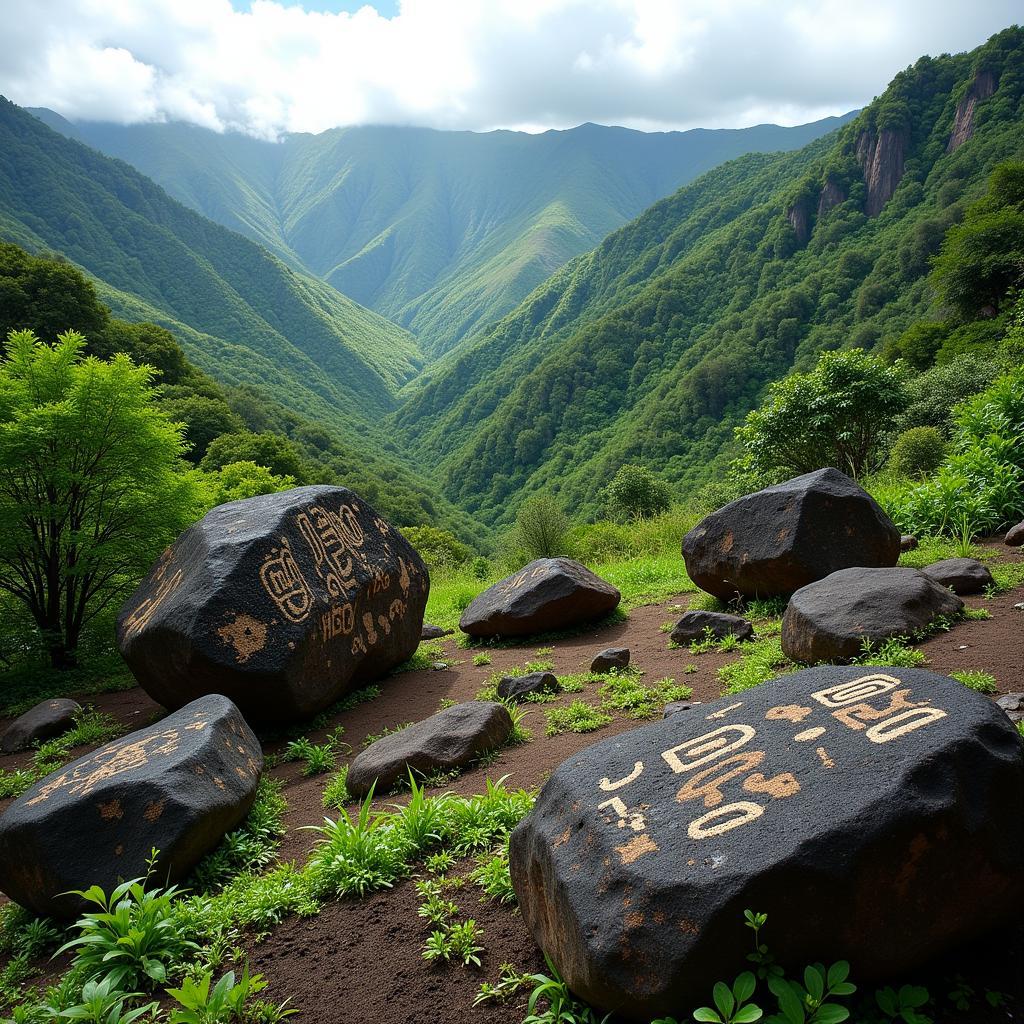 Hawaiian petroglyphs at a sacred site
Hawaiian petroglyphs at a sacred site
Preserving a Fragile Legacy
As guardians of a rich cultural heritage, it is our responsibility to protect and preserve these irreplaceable works of art. Natural weathering, erosion, and human impact pose constant threats to the integrity of Hawaiian petroglyphs. Through responsible tourism, respectful observation, and ongoing conservation efforts, we can ensure that these ancient stories continue to captivate and inspire generations to come.
